Summarizing Corey Davis’ 2021 season
Corey Davis was the most disappointing 2021 free agent signing to step onto the field for the New York Jets. While he was not the Jets’ worst player by any means, Davis is in the conversation for the most disappointing player on the team when fans’ expectations come into play.
Davis, 27, is a former fifth overall pick who came from Tennessee to be the Jets’ lead pass catcher. While Davis was statistically New York’s top receiver when healthy (54.7 yards per game), it only happened because of his target volume. Davis wasn’t spectacular — he was just targeted often.
The former Titan was highly targeted early in the season (42 of his 59 targets came in Weeks 1-6). But that happened because the Jets were still searching for an identity on offense. The duo of Elijah Moore and Michael Carter was early on in its development. Zach Wilson, a rookie, was still learning the offense.
Davis was a veteran presence that Wilson and offensive coordinator Mike LaFleur could rely on. And they did.
Still, Davis finished the season with only 34 catches in nine games, with 24 of them coming in the first six weeks. It was a subpar year, not even close to what the Jets expected of him — even when the sample size of only nine games is considered.
While Davis was not on top of his game, his individual issues were not the only reason for his struggles. Davis is better suited for another role, one that the Jets didn’t exploit much in 2021: the slot receiver position.
Sliding Corey Davis inside would immensely help his game (and the Jets’ passing offense)
From Davis’ perspective, sliding inside would give him more opportunities at:
- I. free releases, escaping from press-man looks on the outside
- II. quick, YAC-intended throws, something Davis is great at
- III. working the middle of the field, something No. 84 does well thanks to his size (think of Eric Decker in 2015) and his football IQ
Despite being a physically strong player, most of Corey Davis’ issues came when facing heavy man coverage teams. He had a hard time separating against the Patriots and Broncos’ DBs in Weeks 2 and 3, for example, because those teams came up and pressed Davis constantly.
That outcome ruined some of the Jets’ offense success early. LaFleur trusted Davis to win constantly, giving the smaller receivers stack looks to release against man coverage. Davis was often placed on an island against the opposing team’s top cover cornerback, which didn’t help his production and handicapped the entire offense.
Davis is a guy that had been benefiting from favorable alignments in the slot his whole career. He runs much better routes against soft coverage, and bunch/stack looks do provide that often to receivers.
Look at this route from Davis from his time in Tennessee. He benefits from the bunch alignment, facing off-coverage from the DB:
This is a thing of beauty. Motion Corey Davis across the formation into trips and have him run a double move from the slot. Safety occupied in the middle of the field with the over route and backside dig. Too much green grass to cover. TD.
Imagine Davante Adams running that. 🍰 pic.twitter.com/dTbJXI3VdW
— Peter Bukowski (@Peter_Bukowski) January 8, 2019
There are many more examples of Davis winning inside with his size and route running in the NFL. It’s a tendency in the league these days to use those bigger guys inside.
That’s something that the Cowboys are doing with CeeDee Lamb. The Bucs do it with Chris Godwin and the Chargers do it with Joshua Palmer, for example. It creates mismatches, helps the running game (as we will see below), and makes everything less predictable.
The Athletic’s Nate Tice has called these guys “power slots”, and that’s exactly what Corey Davis should be.
Overall, sliding Davis inside would give him more opportunities to work the middle of the field, more chances to create YAC, and easier releases against man coverage.
That would benefit the Jets’ overall offensive production, especially if they can find an answer at X receiver in the draft or free agency.
Play: 👉 the Jet X Offseason Simulator
Sliding Corey Davis inside would mostly help the Jets running game
That’s the main point of this article: Sliding Corey Davis inside would help the Jets’ running game tremendously. Davis would play in a role similar to the one Robert Woods does for the Rams, unlocking the entire offense.
The main reason why the Jets offense would improve in a heartbeat by sliding Davis inside is this: The team would deploy a less predictable offense.
Throughout the 2021 season, Jets fans knew that when New York lined up in 11 (3 WR, 1 RB, 1 TE) personnel, they were rarely running the ball.
In fact, the Jets ran the ball only 28% of the time when the team had three receivers on the field, second-lowest in the league among teams that used 11 personnel more than 60% of the time. The Los Angeles Chargers had the lowest rate at 26%.
That added an element of predictability to the Jets’ offense. Since the team’s strength was at the wide receiver spot, defenses knew that when LaFleur got into 12 (2 WR, 1 RB, 2 TE) or 21 (2 WR, 2 RB, 1 TE) personnel, New York was bound to run the football.
The only way to fix this is by running the ball effectively out of 11 personnel. Sliding Corey Davis inside opens up a sea of possibilities on this matter.
Davis can serve as a lead blocker on outside zone runs, crack ends on sweeps, and also function as an “insert” type of player on other run concepts. He has the physicality to take on linebackers and safeties who like to drop down in the box.
Sean McVay, who runs an offense from the same tree as LaFleur, uses his wide receivers as blockers inside to bump his offensive production and create unpredictability from his favorite personnel grouping, which is 11.
Take a look at some of those plays. First, Woods lines up as a lead blocker on a wind-back run. Second, Woods inserting inside on a duo run and blocking the safety. Third, Woods making a key block on a screen pass.
some really nice blocking from the Rams TEs and Robert Woods on this WR-led Windback run concept pic.twitter.com/952OFtRItu
— Nate Tice (@Nate_Tice) December 28, 2020
Robert Woods winning on a Slant on 3rd & 1 then fitting up like a fullback during the Rams 4 minute drill to ice the game.
Woods' & Cooper Kupp's blocking abilities unlock the entire Rams offense. pic.twitter.com/dcfdeTSEJw
— Nate Tice (@Nate_Tice) October 29, 2021
Rams had their way with screens to the left. Having the best blocking receiver in the league in Robert Woods certainly helps. Cooks does great as well giving Kupp room to get to the outside. Falcons DBs continue to get overwhelmed on screens. pic.twitter.com/CmDNLRLTVg
— Allen Strk (@allenstrk) October 23, 2019
Those three plays are a glimpse of what moving Corey Davis inside can add to the Jets offense.
It’s a move that would help both the team’s passing attack and running game. It would give the Jets an edge by not being so predictable with the relationship between their personnel groupings and the play selection.
New York, then, would “just” need an X. It would be a gift from the gods if Denzel Mims decided it was his time to step up. Right now, though, it feels inevitable the team will address that matter in the upcoming NFL draft.

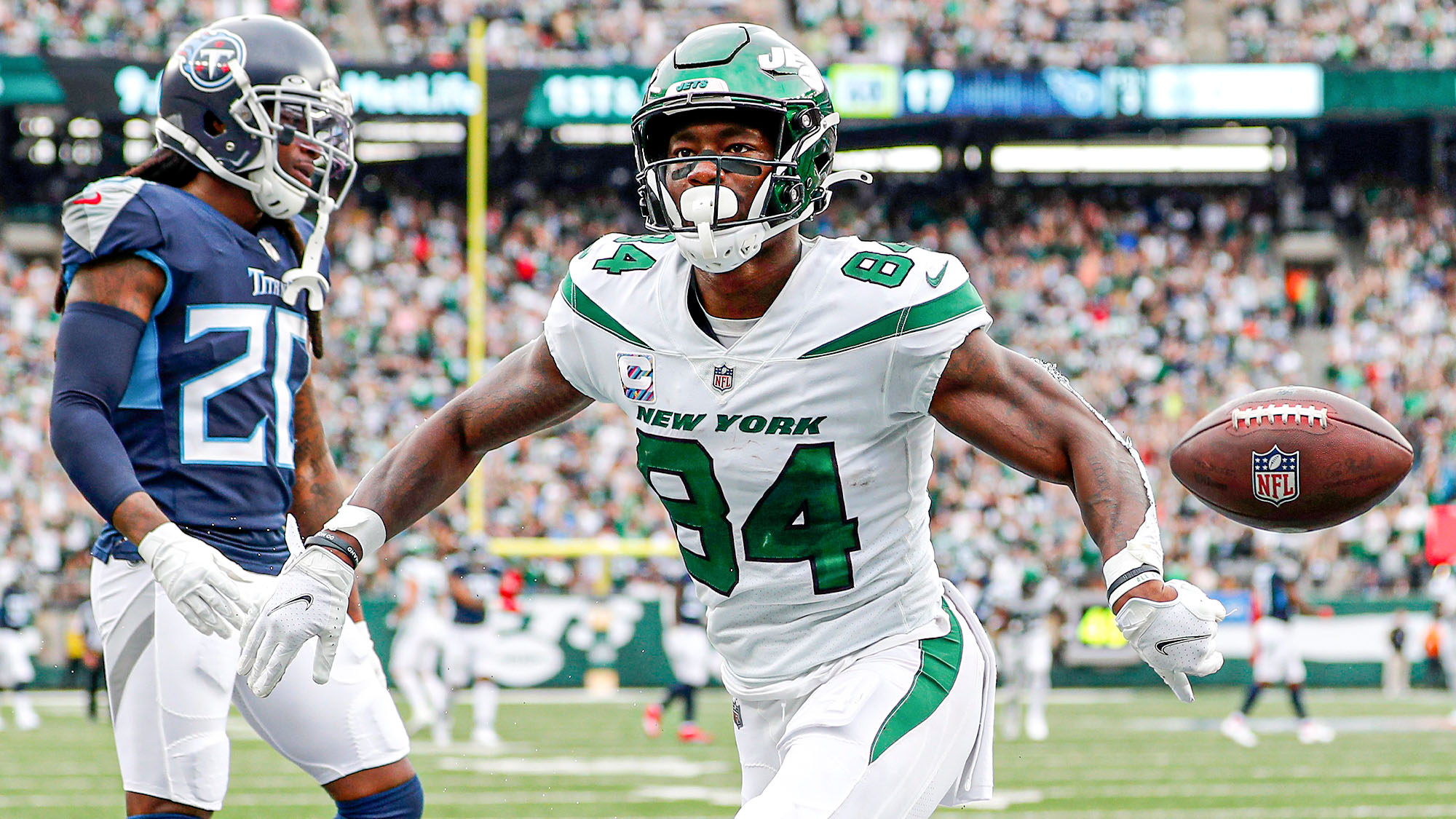
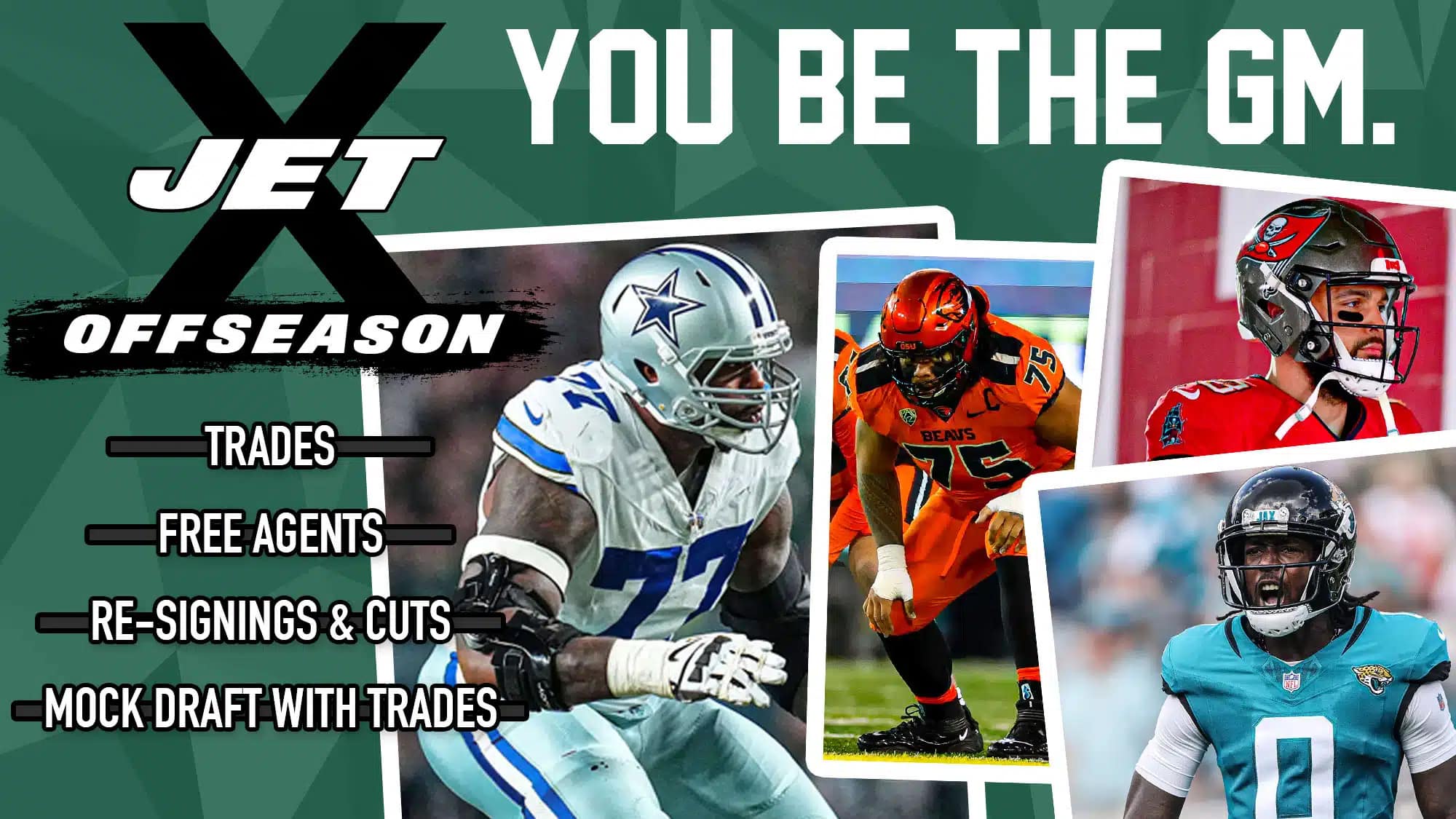



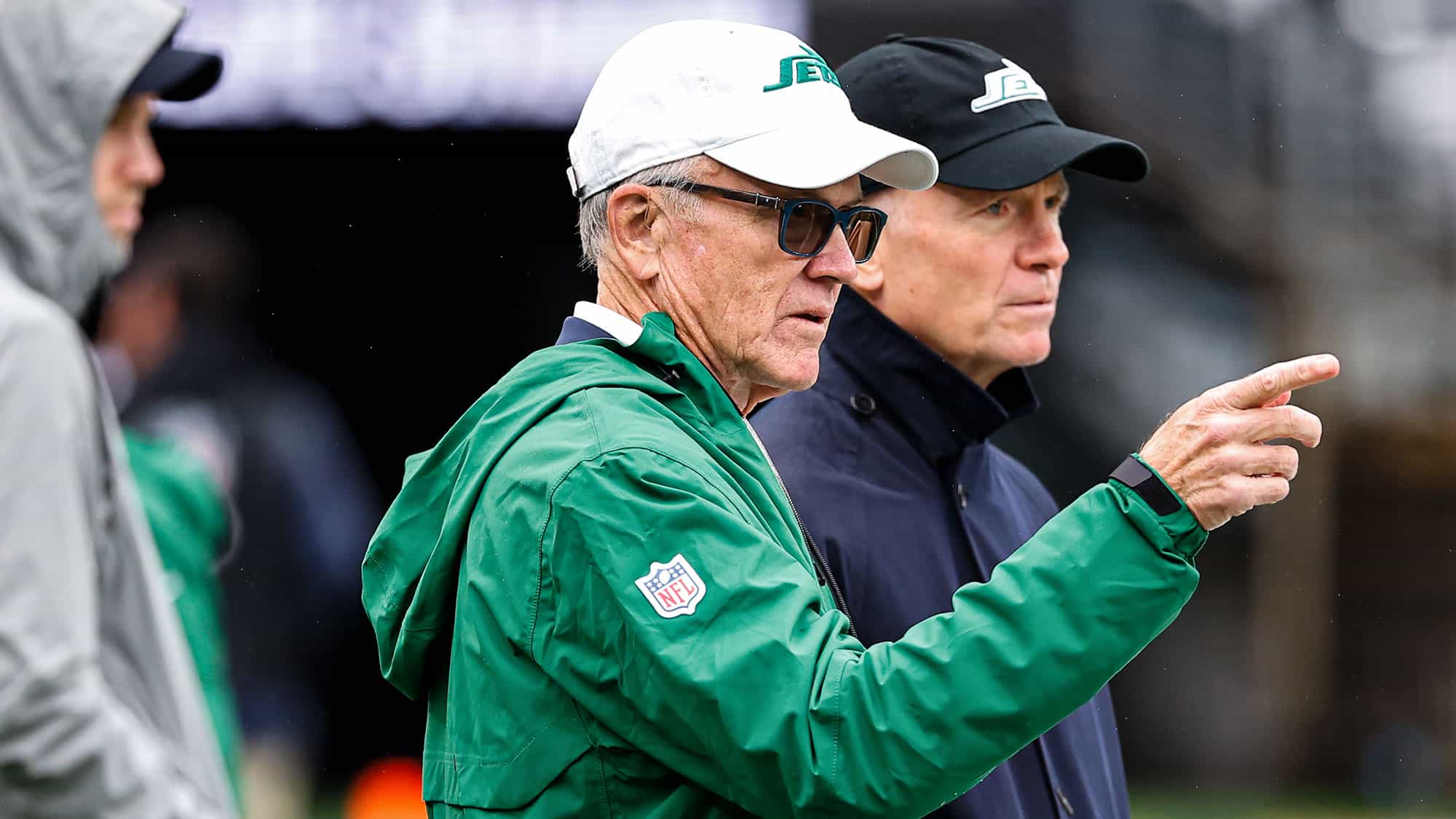

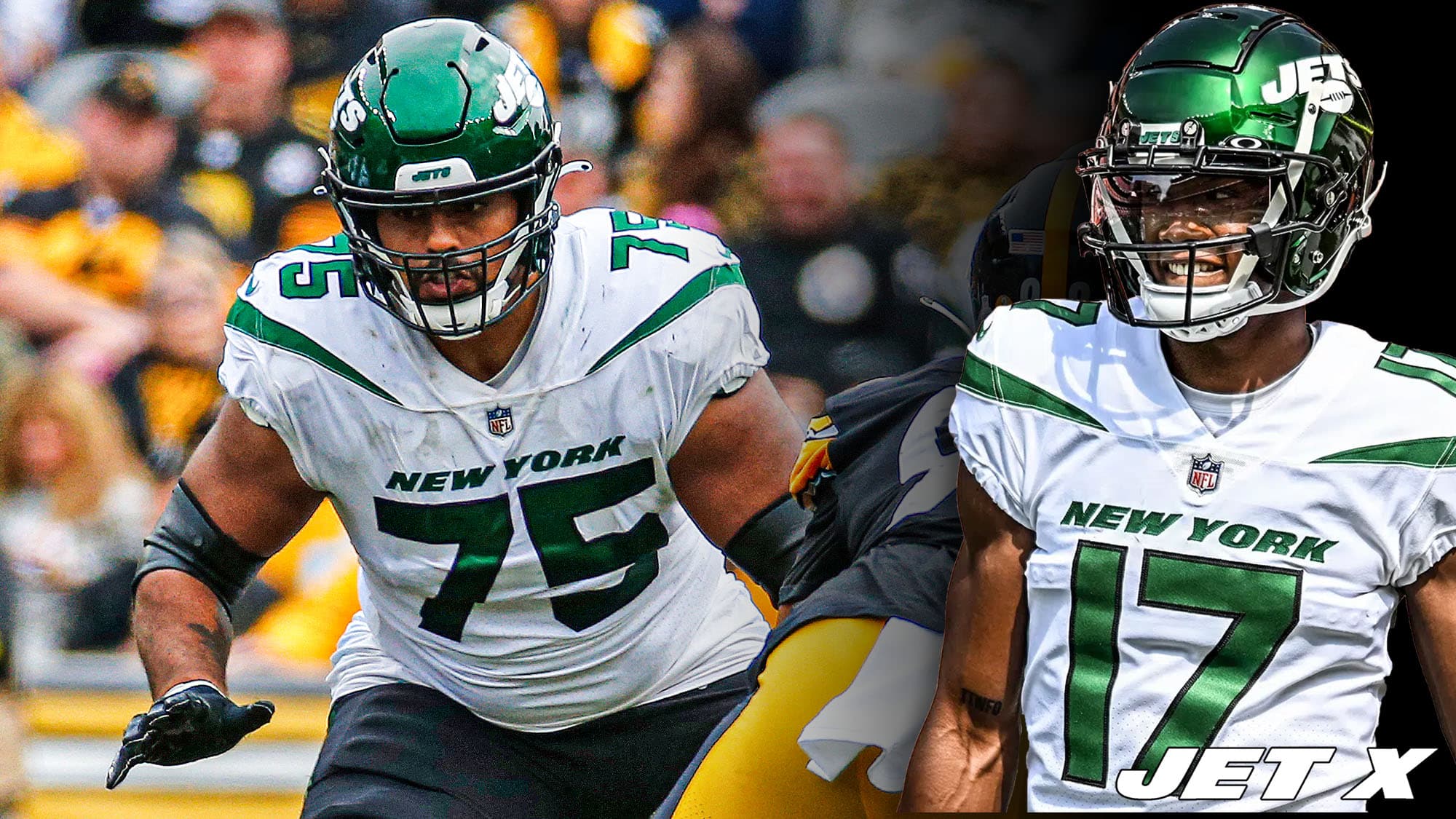



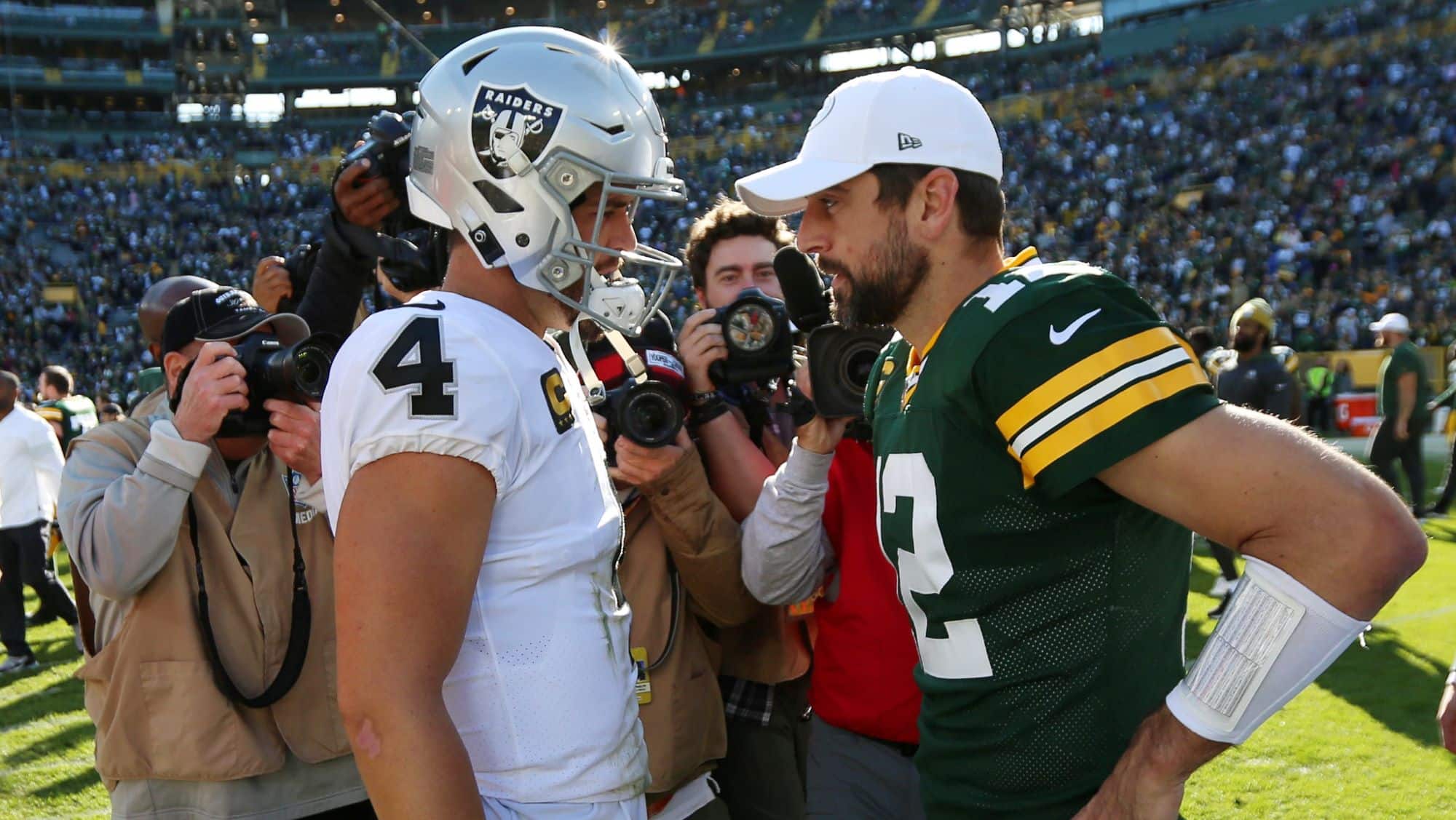
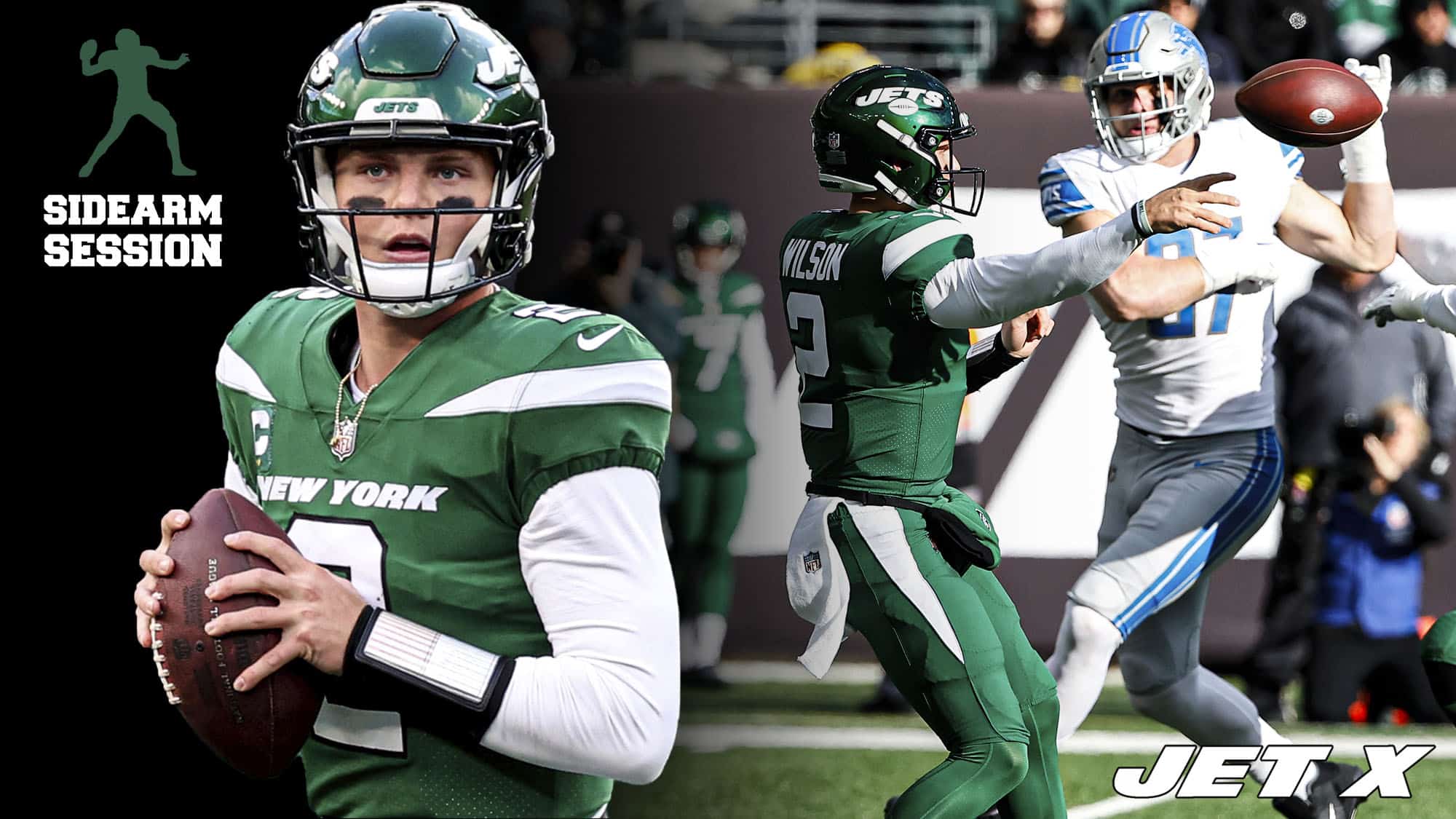
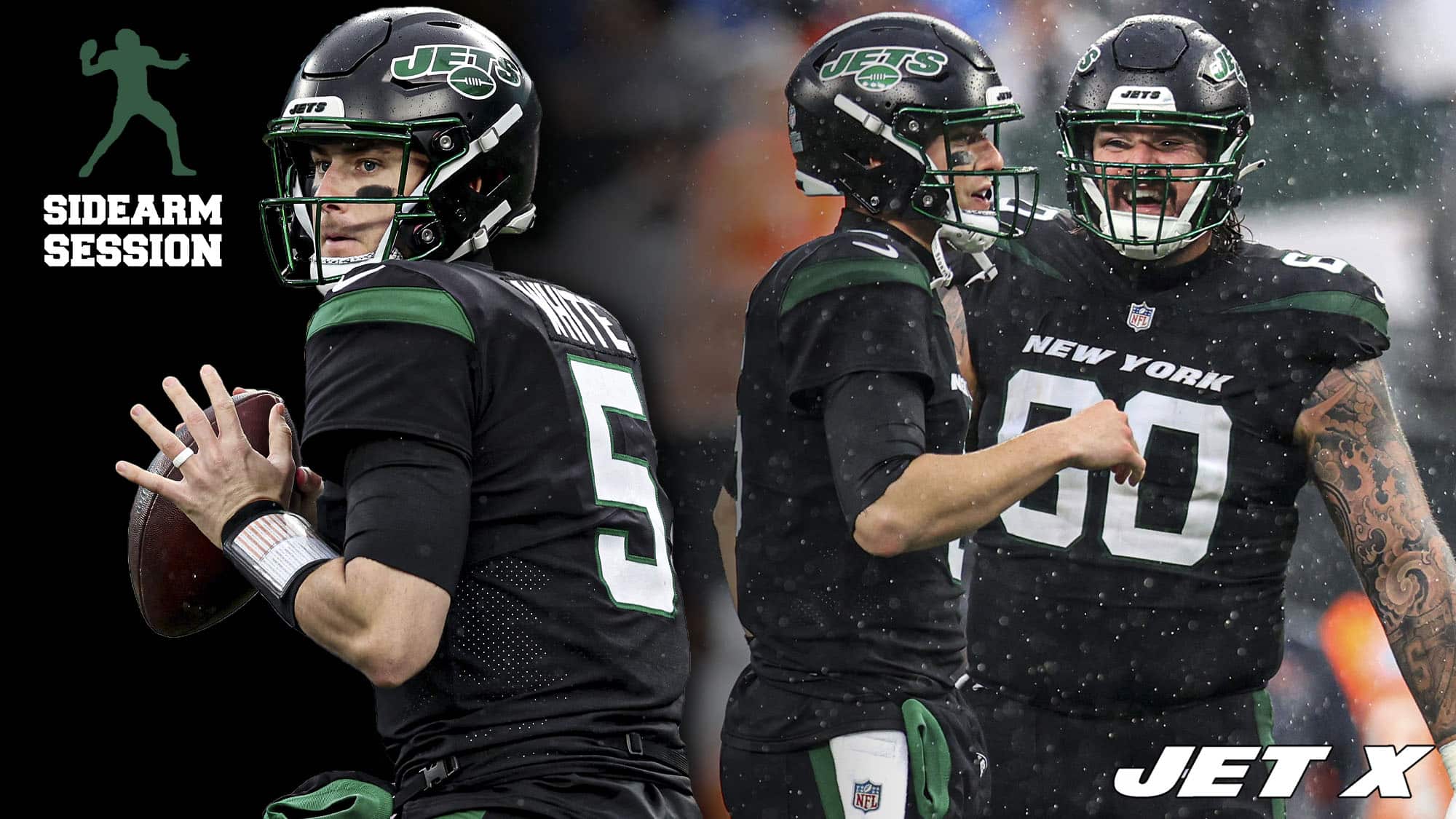
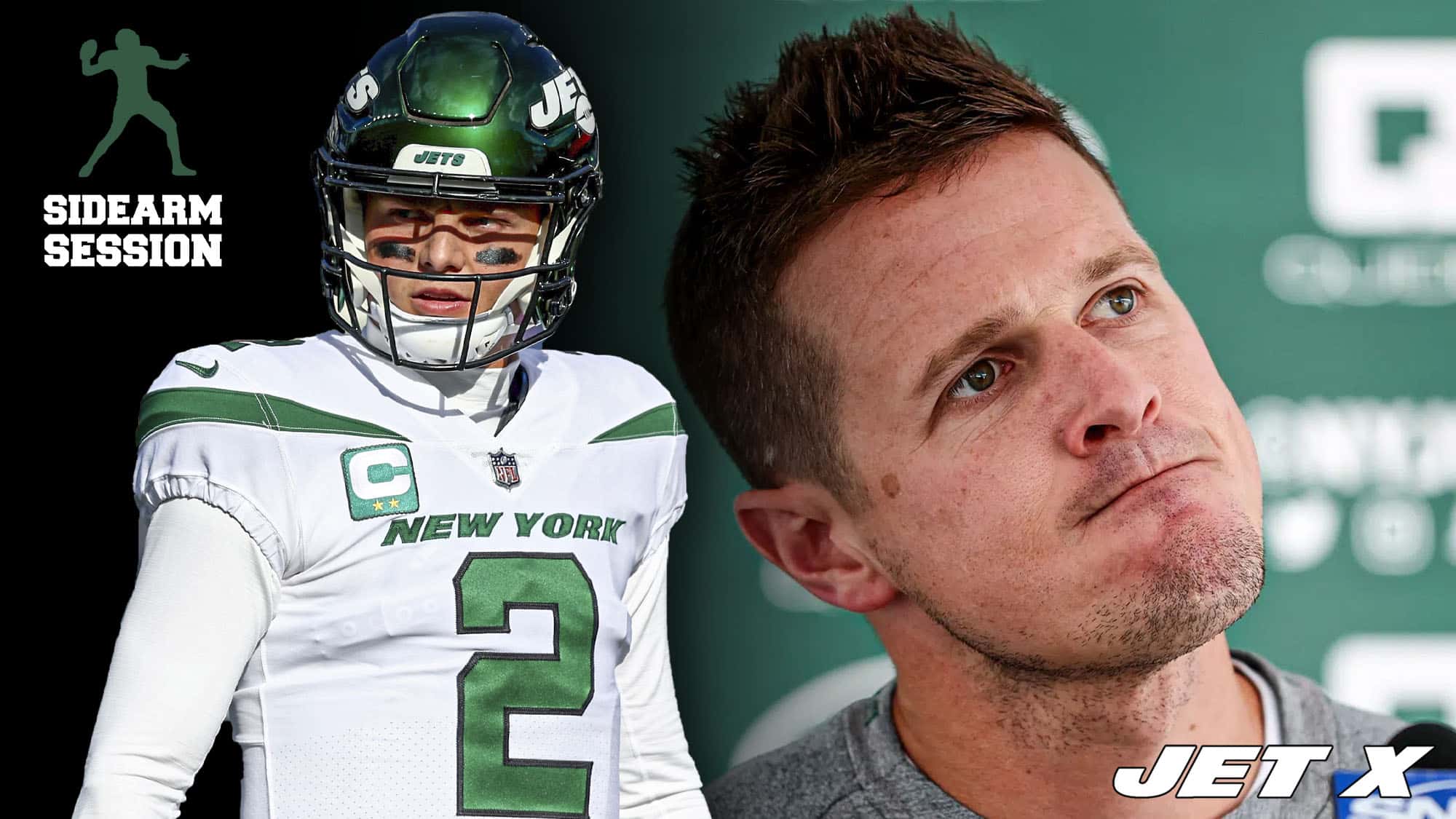
My only problem with this plan is what do we do with Elijah Moore? Play him and our new X receiver both on the outside? Or get 2 new outside receivers and use both David and Moore in the slot (and then presumably let Barrios walk?)
Moore is a great option at Z, moving around the formation and often aligning on stack looks with the slot receive.
My ideal trio for the Jets is X – Drake London/Allen Robinson; Z – Elijah Moore, H/F – Corey Davis.
Which wide receiver would you take at #10 in the draft and why?
If the Jets are thinking like I do, I would take London. He’s a prototypical X receiver, who can win with physicality on top of his routes and produce after the catch.
A guy like Garrett Wilson – a smooth route runner – would also be a great pick.